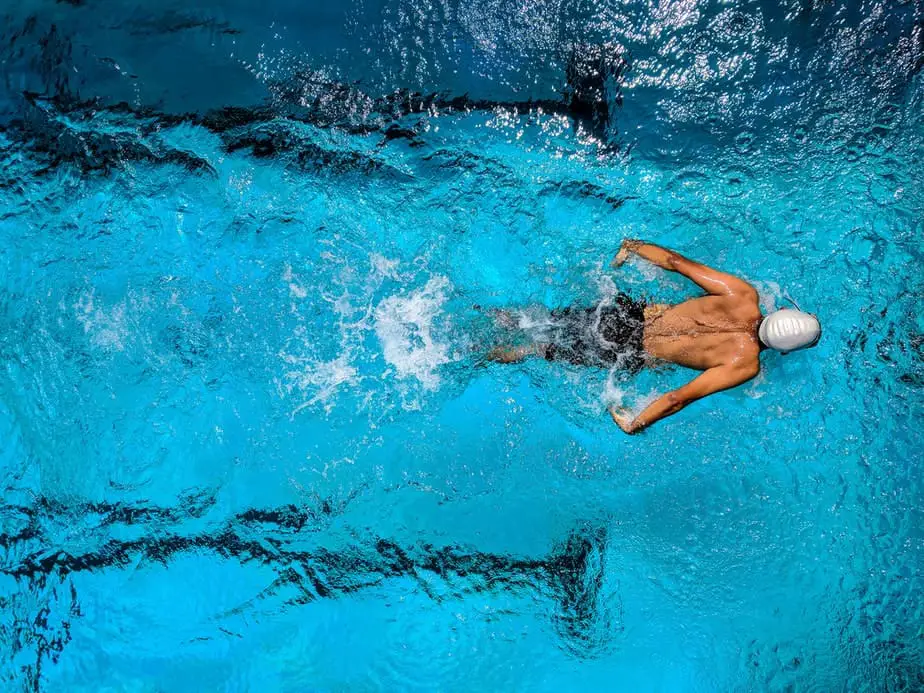Swimming has always been a popular sport thanks to the intensive coverage it’s given during the Summer Olympic Games. Many people have no doubt seen these Olympian swimmers’ bodies and thought: “I want to look like that.” Is it possible for the average person to look lean and muscular just from water resistance? Does swimming and treading water help you achieve a lean, toned physique like you were an Olympic athlete?
Yes, swimming laps or treading water can help you build some muscle if you’re untrained, however it’s probably not going to be as impressive as you’re thinking. Many athletes, swimmers included, workout in the gym to build muscles to be better at the sport they are dedicated to. They also eat a strict, high-protein diet, and chances are they have good genetics that make them excellent swimmers (e.g. tall, long wingspan).
In the domain of sports, unfortunately it’s not enough to just work hard; you have to be born with genetics that allow you to be stronger, faster, better than the rest. For instance, height is something you cannot change about yourself, but it’s advantageous for many sports. Also, not everyone is willing or able to train hours everyday like an Olympian or professional athlete would, so the reality is, swimming and treading water alone is insufficient for the average person to achieve a “toned” physique.
That said, swimming and treading water are incredibly good ways to give your body a workout when it comes to aerobic training and weight loss. Also, they are simply useful life skills to have for leisure or even for survival purposes. Plus, if you don’t want to have big muscles but you simply want to be lean, then both of these exercises can help you achieve that as long as you don’t expect to look like Michael Phelps.
Can I build muscle by swimming or treading water?
Take a look at the video above which gives us a brief look into the kind of training Michael Phelps, the most decorated Olympian of all time, used to do back when he was still competing.
You’ll notice that, while he does spend a lot of time in the water, he spends a good amount of time out of the water training in the gym. This is normal; all athletes train in the gym. That’s why when you’re watching the Olympics and you see all of those lean, chiseled physiques of the swimmers as they walk out, what you’re really seeing is a product of resistance (weight) training, NOT purely from swimming or treading water.
Does that mean that you can’t build muscle from swimming or treading water? That’s not true either. A completely untrained individual will probably build muscle doing any physical activity, and this phenomenon is colloquially referred to as “newbie gains.” This is because in untrained individuals, their muscles have not gotten used to the stimuli that exercise subjects them to, and the muscles rapidly grow to adapt to it.
That said, there is a limit to how much your muscles will grow in response to the stimuli. If you want your muscles to grow bigger, you need to expose it to increasing amounts of stimuli. For this reason, training with weights is the best method due to how easily you can increase the weight or repetitions in subsequent workouts.
Unfortunately, water resistance alone is not enough to make you look like a bodybuilder or fitness model. Swimming and treading water is considered endurance training, which is when the resistance is so light that you can do dozens, hundreds, even thousands of repetitions in a single session. That is simply insufficient resistance to stimulate muscle growth past a certain point (otherwise we’d all look like The Hulk).
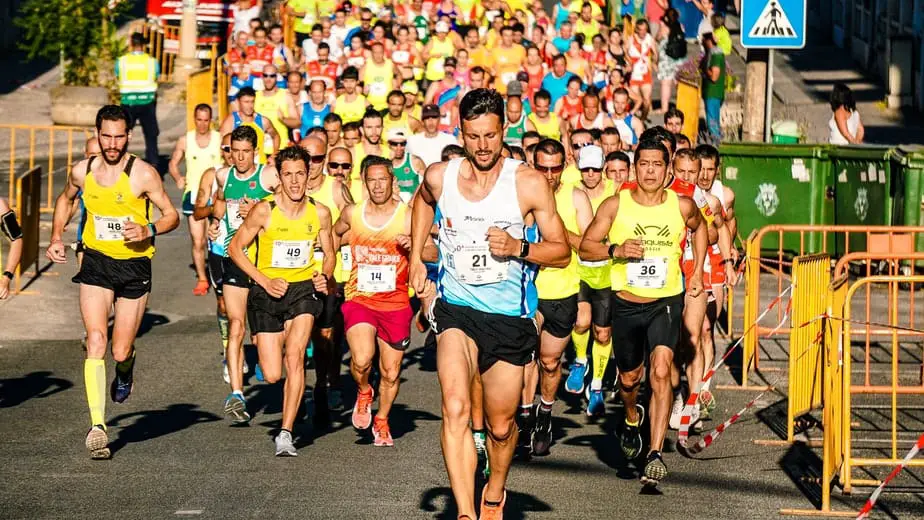
Think about other athletes in endurance sports such as marathon running, cycling, triathlons, and so on. Do you see any of them packing on tons of muscle? No, because long distance endurance activities are simply not enough of a stimulus and in fact, the extra bulk and weight would actually hinder them in their respective activity.
Conversely, if you see athletes in more explosive type sports such as sprinting, they can afford to put on more muscle mass because they don’t need to have endurance; they just need to be the fastest and strongest for a short period of time until their race is over. Do you know how they got that big? That’s right, they were lifting weights in the gym.
All of this is to say, if you want to have a “swimmer’s body”, you’re going to have to spend some time in the gym doing some weightlifting as well.
If your goal is muscle growth but your only exercises are swimming or treading water, what’ll happen is you’ll lose lots of body fat which reveals the muscle underneath. However, you won’t have bulging, strong muscles. You’ll just be really lean and with visible muscles, but they will be small and weak compared to a strength athlete or even a casual gym-goer. But man, you’ll be fit.
Swimming and treading water are excellent forms of aerobic training, and you should combine it with lifting weights in the gym to get the best of both worlds – bigger, stronger muscles and a low enough body fat percentage to reveal them.
How to maximize muscle growth by swimming and treading water
Now that you’ve heard our whole spiel about how swimming and treading water aren’t really optimal for muscle growth and that weightlifting is the best option to do so, you might still want to know how you can maximize your newbie gains by swimming or treading water.
Perhaps you don’t have access to a gym for whatever reason or you just hate going to the gym. Fair enough, this section is dedicated to how you can make the most out of swimming and treading water when it comes to muscle growth.
Build and maintain muscle through resistance
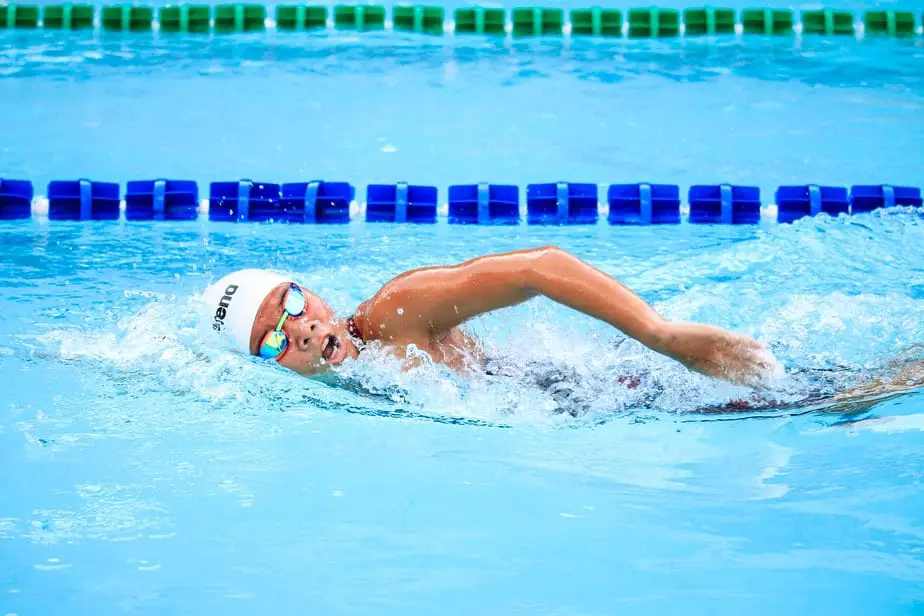
A short primer on how muscle grows: when your muscles stretch, tear, and recover from resistance exercises, they recover bigger and stronger than before.
Swimming is a resistance exercise just like weightlifting, but the difference is that the resistance encountered during swimming is significantly less. The plus side is that swimming places much less stress on your bones and joints; you are less likely to get injured swimming. It’s even safe to do while pregnant!
The net result is that swimming will not build you as much muscle compared to weightlifting (the difference is too large), but due to how easy it is on your body, it will have less damaging consequences in the long-term. If your end goal is to simply be active and healthy, then swimming has more longevity than weightlifting does.
You might be wondering how swimming compares to other cardio exercises like running and biking. Due to water resistance, swimming should be able to build more muscle faster and more effectively because it has more resistance than air. You are more likely to achieve a “toned” look by swimming than running or biking.
Be consistent
It doesn’t matter what activity you do – whether it’s swimming, treading water, or weightlifting – if you’re not consistently training, you’re going to get subpar results. Swimmers looking to build some muscle cannot achieve their goal if they only go once or twice a week. Try going to the pool 3-5 times a week instead.
Find a schedule that works for you. You could go every other day – one day on and one day off – to give you time to recover from a workout. Or you could go every single day during the weekday and take weekends off. You might want to workout first thing in the morning or maybe you prefer to do things in the evening. Whatever your schedule is, stick to it.
If you happen to have a swimming pool in your backyard, then great. The convenience is a huge advantage. Otherwise, most people will probably have to join a gym with a swimming pool. You can use the gym membership as motivation to not skip your workouts, because you’re paying for it either way.
Eat a high protein diet
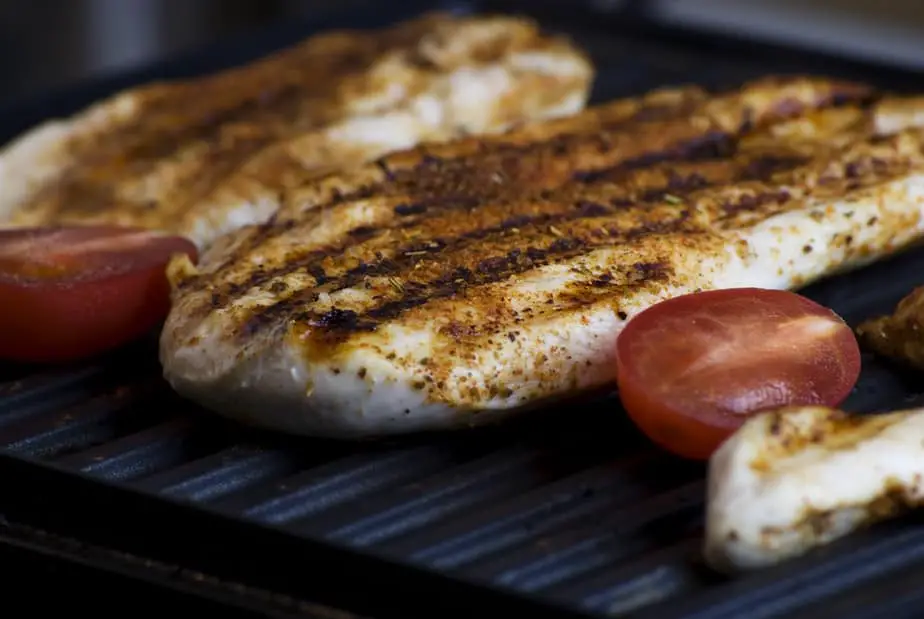
You are what you eat, as they say. So if you eat a whole bunch of junk food, you can’t really expect to look like Dwayne Johnson or Arnold Schwarzenegger in their prime, can you?
When it comes to muscle growth, you need to significantly increase your protein intake, preferably from lean protein sources (e.g. chicken breast, fish, egg whites, lean beef, Greek yogurt) to keep calories low. The optimal amount of grams of protein you should be consuming each day is equivalent to your weight in pounds (e.g. 200 g of protein if you weigh 200 pounds). Protein is a crucial macronutrient for muscle growth and recovery, so even if the protein requirement is hard to reach, just try your best.
You must simultaneously decrease or cut out refined sugars and processed foods from your diet entirely. That means no ice cream, instant noodles, pancakes/waffles, pizza, or instant foods of any kind. Basically the most sinfully delicious foods. You should really take up cooking if you want your diet to not feel like torture.
Now, you might have heard that Michael Phelps eats 10,000 calories a day. What you might not have realized is that he also trained for 6 hours a day, everyday, for years. Also, he’s not a small guy – 6’4” (193 cm) and 200 lbs (90 kg) – so even if he wasn’t the world’s greatest athlete, he still would have needed to eat more than the average person. Unless you have similar stats, don’t try to copy Michael Phelps.
Isolate your arms and legs during training
If you have experience with bodybuilding splits, then you know where we’re going with this. Basically, weightlifters would split their workouts up such that each day they would focus on only one body part or one group of muscles. For instance, a bodybuilder might have a day dedicated to just arms, another day just to chest, or they might split it into upper body and lower body workouts.
For swimming and treading water, we can do something similar. By isolating only your arms and legs, you can subject them to greater resistance so that they can grow more. For instance, to train your legs while swimming, you can swim with a kickboard. Your arms will do nothing except hold onto the board, and you will propel yourself exclusively with your legs.
To train your arms while swimming, sandwich a pull buoy between your legs and let your arm muscles do most of the work. You won’t be able to take your legs entirely out of the equation, but as long as you are isolating your arms, it should be very effective.
For treading water, you can tread water with only your arms or only your legs. You can even alternate between different types of kicks. You can also wear a weight belt with a quick release system and load up some dive weights on it to increase the resistance even more.
Both are excellent activities for burning calories and losing weight due to how much calories they can help you burn, and by isolating your arms and legs, you can potentially build some additional muscle.
Make things more difficult
The only way to make your muscles grow is if you subject them to progressively more intense resistance. This is known as progressive overload, and it is a concept weightlifters should be familiar with. It’s not enough to do the same workout with the same intensity over and over again. Your muscles will plateau, meaning they stop achieving further growth.
Thus, it’s crucial that you change up how you tread water and swim to make things more difficult. Intensify your training so that you are doing more work than your previous workout. This is a bit trickier with swimming and treading water unless you’re working with weights because the resistance of the water will always remain the same. And training for longer just increases your endurance, not necessarily muscle size.
Don’t neglect traditional weightlifting
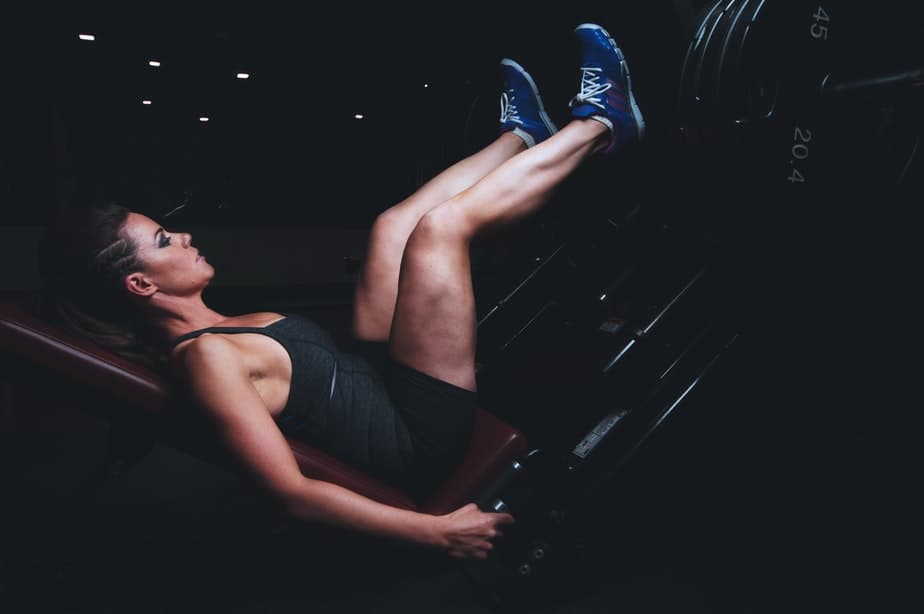
Swimming and treading water are great ways to lose body fat and reveal the muscles underneath. However, they are very limited in terms of making your muscles grow bigger and stronger. That’s why, if possible, you should supplement your workout with a couple of weightlifting sessions each week.
Again, all athletes workout in the gym. A true swimmer’s body is created through intense training in the pool and in the gym as well. You just can’t escape this fact. Thankfully, you do not have to go to the lengths a bodybuilder would to build some muscle and look great.
Think of swimming as the cardio component of your training to help you achieve a low body fat percentage and make your muscles visible, and weight training as the primary driver of muscle growth to make your muscles bigger and stronger. When you combine both activities, you can achieve greater results than doing just one or the other.

